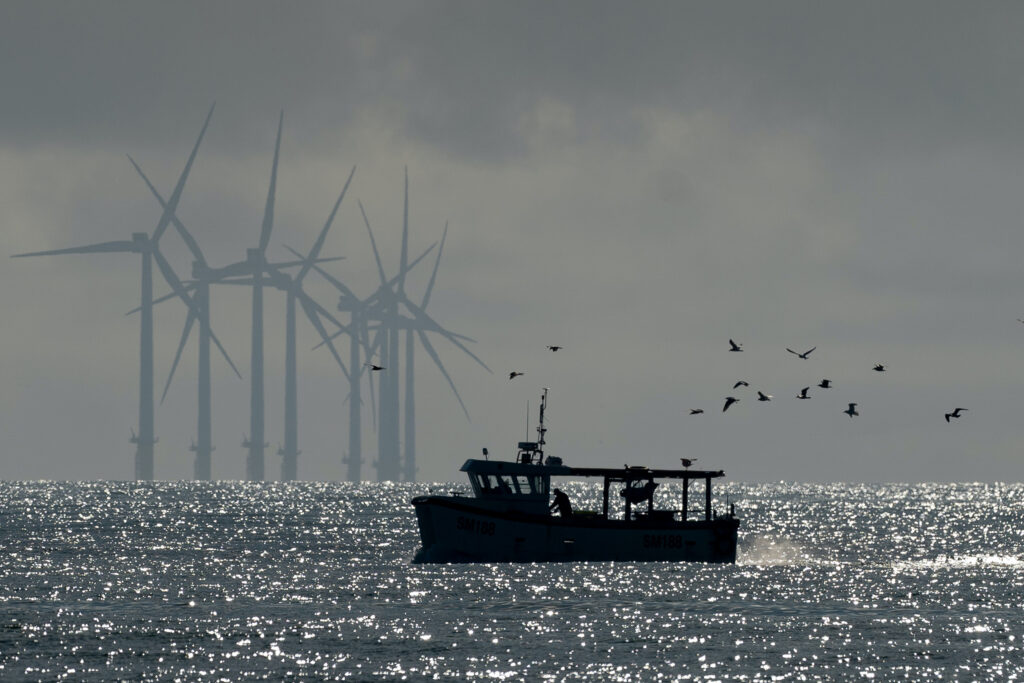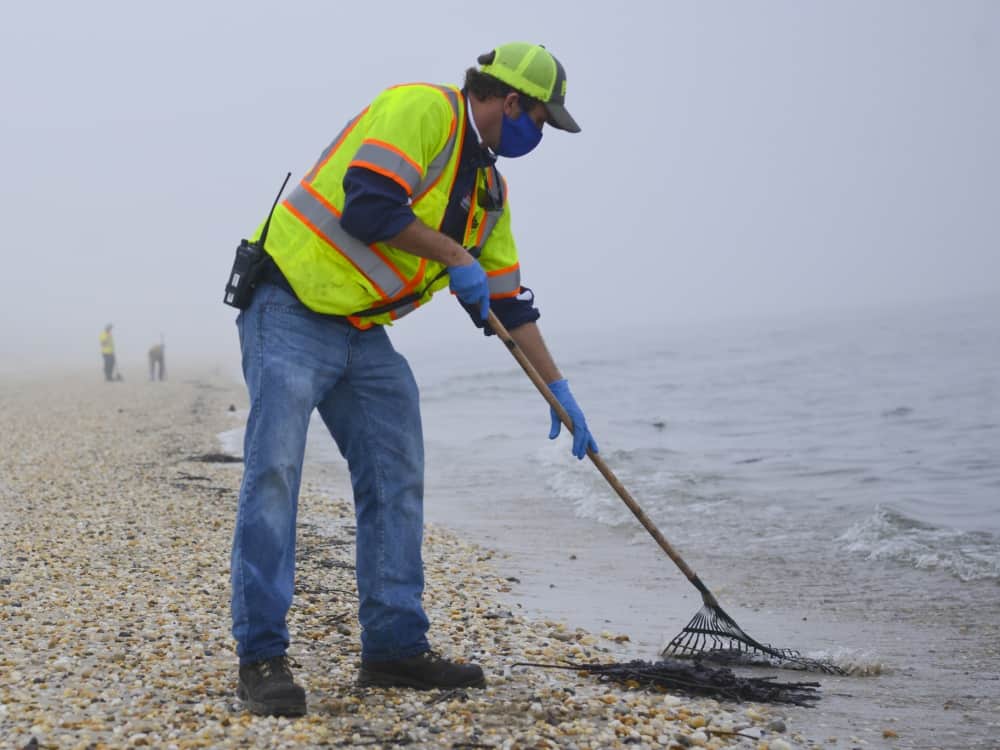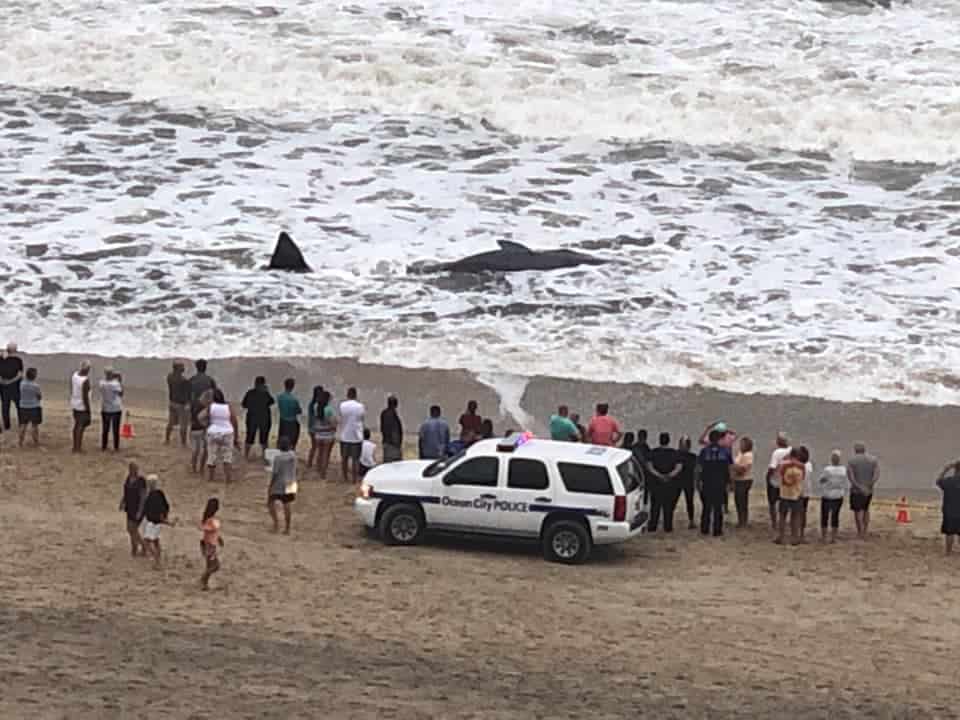On Monday, the federal government announced it plans to sell two offshore wind leases off the Atlantic’s continental shelf off Delaware, Maryland, and Virginia.
The U.S. Interior Department’s Bureau of Ocean Energy Management (BOEM) publicized the proposed sale notice for two sites: 101,443 acres about 26 nautical miles (nm) off Delaware Bay, and 176,505 acres about 35 nm from the mouth of the Chesapeake Bay. Over the next 60 days, BOEM seeks public comments on the two lease areas. They have the potential to power over 2.2 million homes.
In particular during the comment period, BOEM is looking at how potential lessees could support workforce-training programs, develop a domestic supply chain for offshore wind, and minimize possible negative impacts to commercial and recreational charter fisheries. They must also draft an Environmental Assessment to evaluate potential impacts from leases within these Wind Energy Areas (WEA). The Bureau will make the draft available for public comment.
Concurrent with this announcement, Dominion Energy’s Coastal Virginia Offshore Wind, with two turbines already operating in a pilot project, is gearing up now to begin construction on its 176-turbine array next May, about 24 miles off Virginia Beach and the mouth of the Chesapeake. That field lies 11 miles inshore of the proposed new Virginia lease mentioned above. Now a new partnership between The Nature Conservancy (TNC) and NOAA will enable scientists to study fish behavior across the Dominion Energy site. They’ll look at the impact of offshore wind turbine installation and related construction activities on fish.
Between now and 2027, two TNC marine scientists will partner with acoustics and fisheries experts from NOAA’s Northeast Fisheries Science Center to study how local fish populations react to offshore wind development. The study will include the ambient soundscape—all the natural, biological and human-generated sounds present—to document changes during buildout. It will also investigate the value of the turbines as fish habitat. The fish behavior study will be very important for both future management of fish stocks and public perception of large-scale wind projects in the mid-Atlantic. Many fish that feed in the Chesapeake in warm weather (e.g., spot, croakers, menhaden, and rockfish) winter on the continental shelf, and currents sweep crab larvae out there after hatching in spring.
Over the next several months, scientists will collect black sea bass, gray triggerfish, greater amberjack, summer flounder, and channeled whelk near the two existing turbines, tag the fish with electronic transmitters and release them. An array of 25 data receivers anchored near the tagging locations will track their behavior, with their data downloaded every six months. Once construction of the additional turbines begins in May 2024, TNC’s scientists will use underwater microphones—known as “acoustic hydrophones”—to monitor noise levels. They will overlay these noise levels with the behaviors of tagged fish to look for effects. This study joins another on migrations of whimbrel shorebirds, a partnership between TNC and the Center for Conservation Biology.
-John Page Williams




